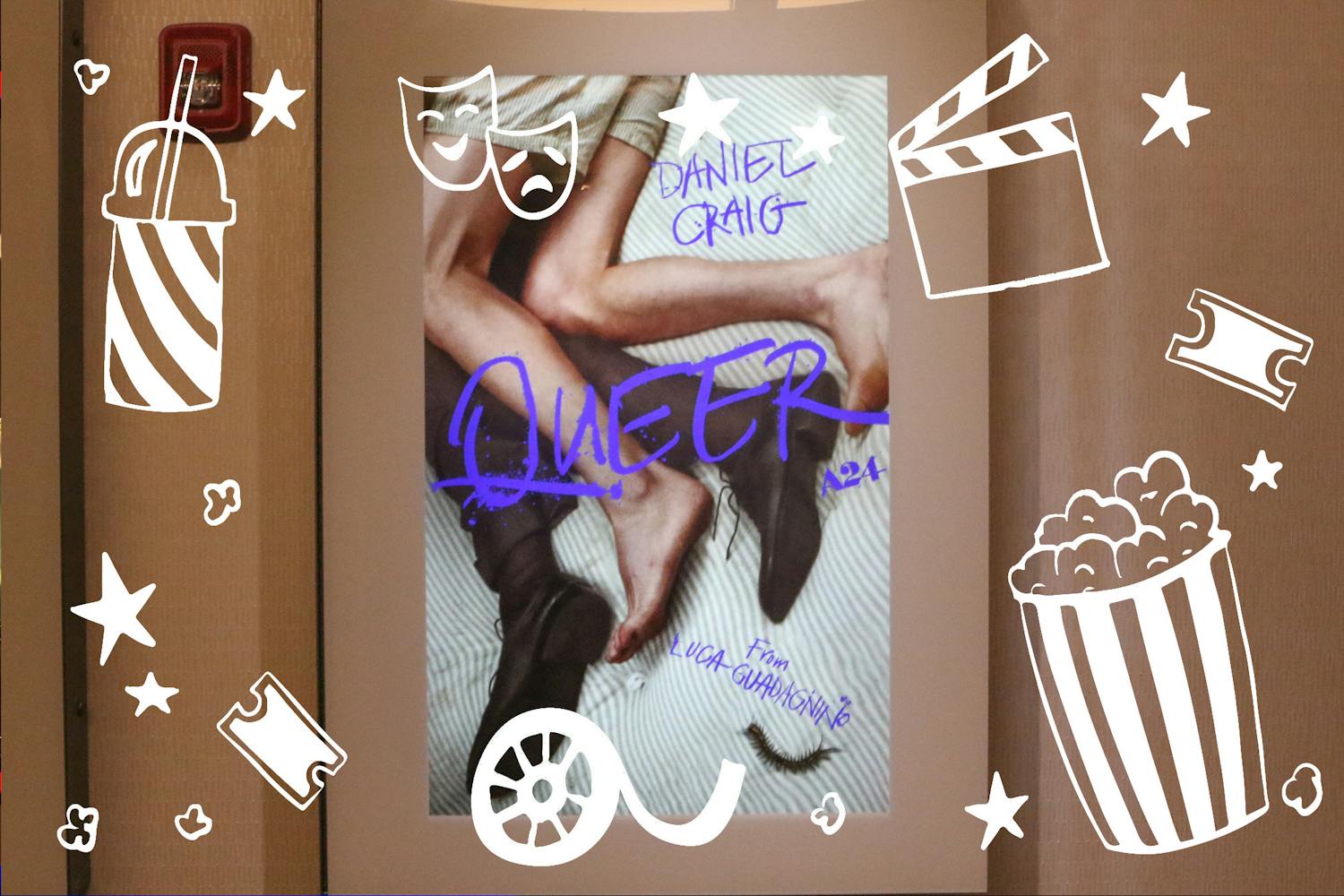When MTV launched in 1981, America and subsequently the world was given access to the most up-to-date medium of music consumption of the modern age: the music video.
Believe it or not, there was a period of time when the “M” in MTV stood for music; but it symbolized so much more. It was youth culture grabbing its share of the television market: Woodstock, in a suit. Bands like Nirvana and, well, all of rap music solidified their core audiences with the help of MTV and the rock-n-roll attitude it carried.
Thirty years later, after the Internet gushed availability and prevailed as the go-to-source for music both to purchase and view, it seems that the music video has evolved once again.
Now, music videos serve not only as promotional entertainment and creative expression for an artist, but also as a springboard to stardom or exposure and another generative source of revenue.
By releasing a video online, as opposed to being distributed mainly through MTV, the regulations for product placement and advertising are much less strict. Patrick Quinn, chief executive of PQ Media, told Joseph Plambeck of The New York Times in 2010, that “revenue from product placement in music videos totaled $15 million to $20 million last year, more than double the amount in 2000, and he expected that to grow again this year.”
In 2011 mainstream artists like Dr. Dre, Lady Gaga, Ke$ha, Britney Spears and Travis McCoy basically pass their videos off as extended commercials for brands such as Nokia, Mini Cooper, Miracle Whip and Polaroid, and why not?
Each of these videos has the upward of thirty million views on their respective Vevo channels.
Rio Careaff, chief executive of Vevo told The New York Times that his company “works as a conduit between the world’s largest music companies and brand marketers,” in an email.
This whole thing feels like it could be the plotline of an episode from the television series “Mad Men.” Product placement in music videos and movies, celebrity endorsements and, hell, the relationship between Nike and the Pac-12 — these are all ideas thought up in a boardroom — is that really such a bad thing?
In a lot of the music videos, the blatantly obvious plugs are part of the concept, part of the humor. Even Canadian YouTube celebs, Epic Mealtime (Bacon Strips and Bacon Strips and Bacon Strips!) have signed endorsement deals with Netflix, Go Daddy and are part of the YouTube Partner Program that allows users to generate revenue shared from advertisement placing.
Do you think the quick-witted and fashion-forward white girl from Oakland, Kreayshawn, would have been nominated for “Best New Artist” at this year’s MTV Video Music Awards if her song “Gucci Gucci” hadn’t received seventeen million YouTube views? The winner of that same category — Tyler, The Creator — definitely proved that Internet stardom did carry some weight in this decision as his self-directed video for Yonkers has received about 23 million views.
There really isn’t any debate as to whether this is beneficial to musicians or some removal from the core of the artistic process (i.e. “being a sellout.”) This is simply an observation from someone whom has been led through the darkness and given a chance to dream, aspire and escape simply by putting on my headphones or watching a music video.
Reach the columnist at bkarris@asu.edu.
Click here to subscribe to the daily State Press newsletter.



